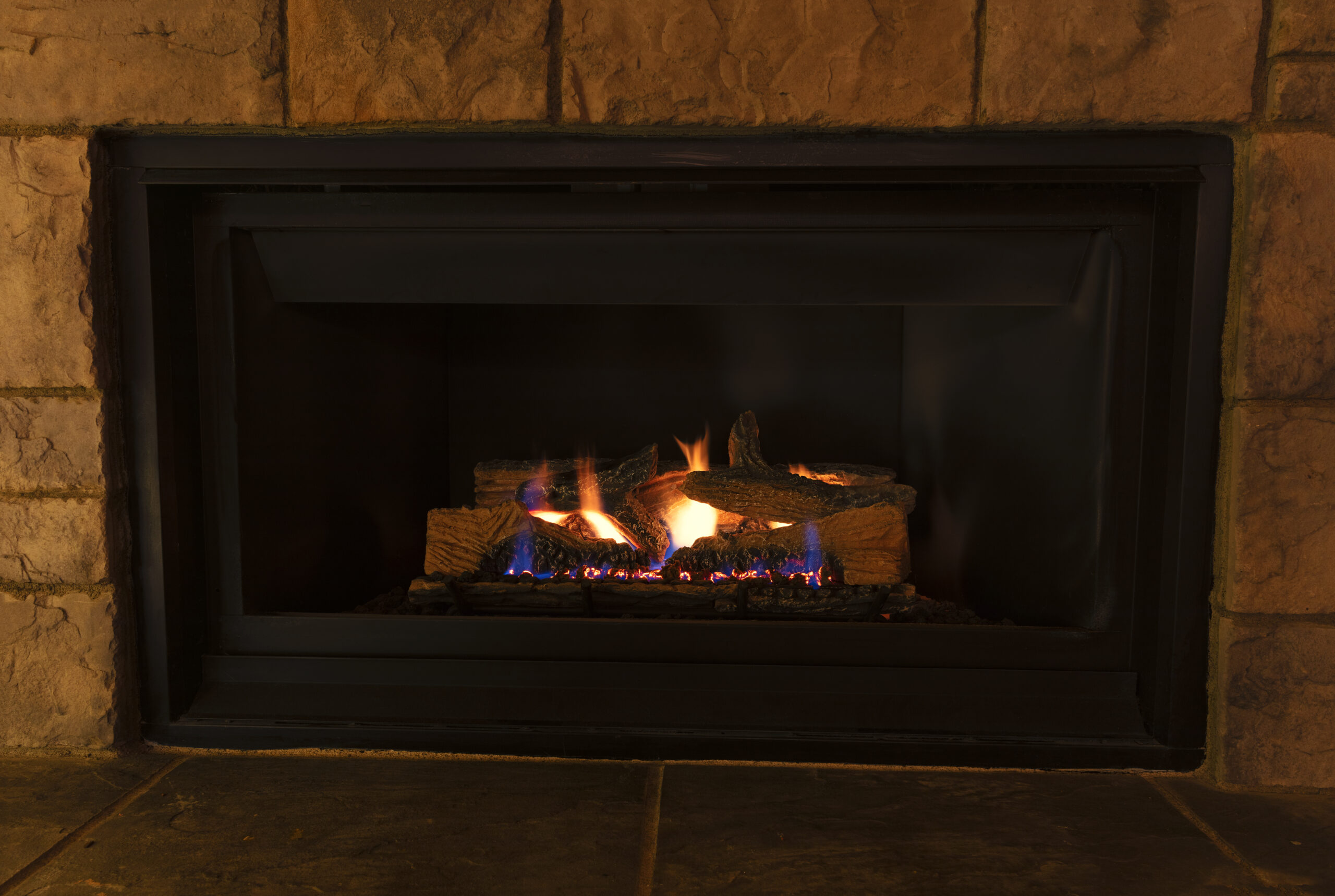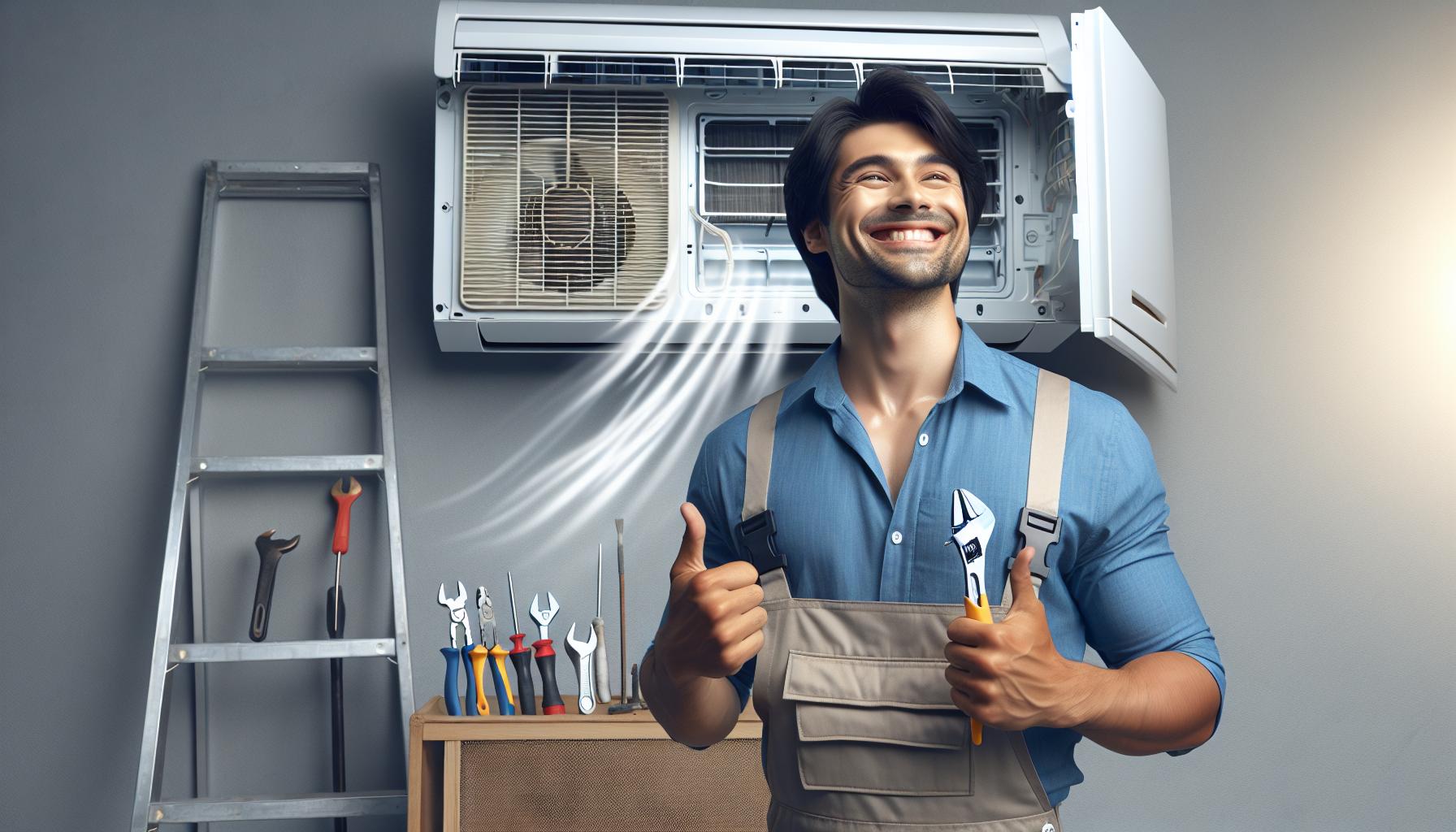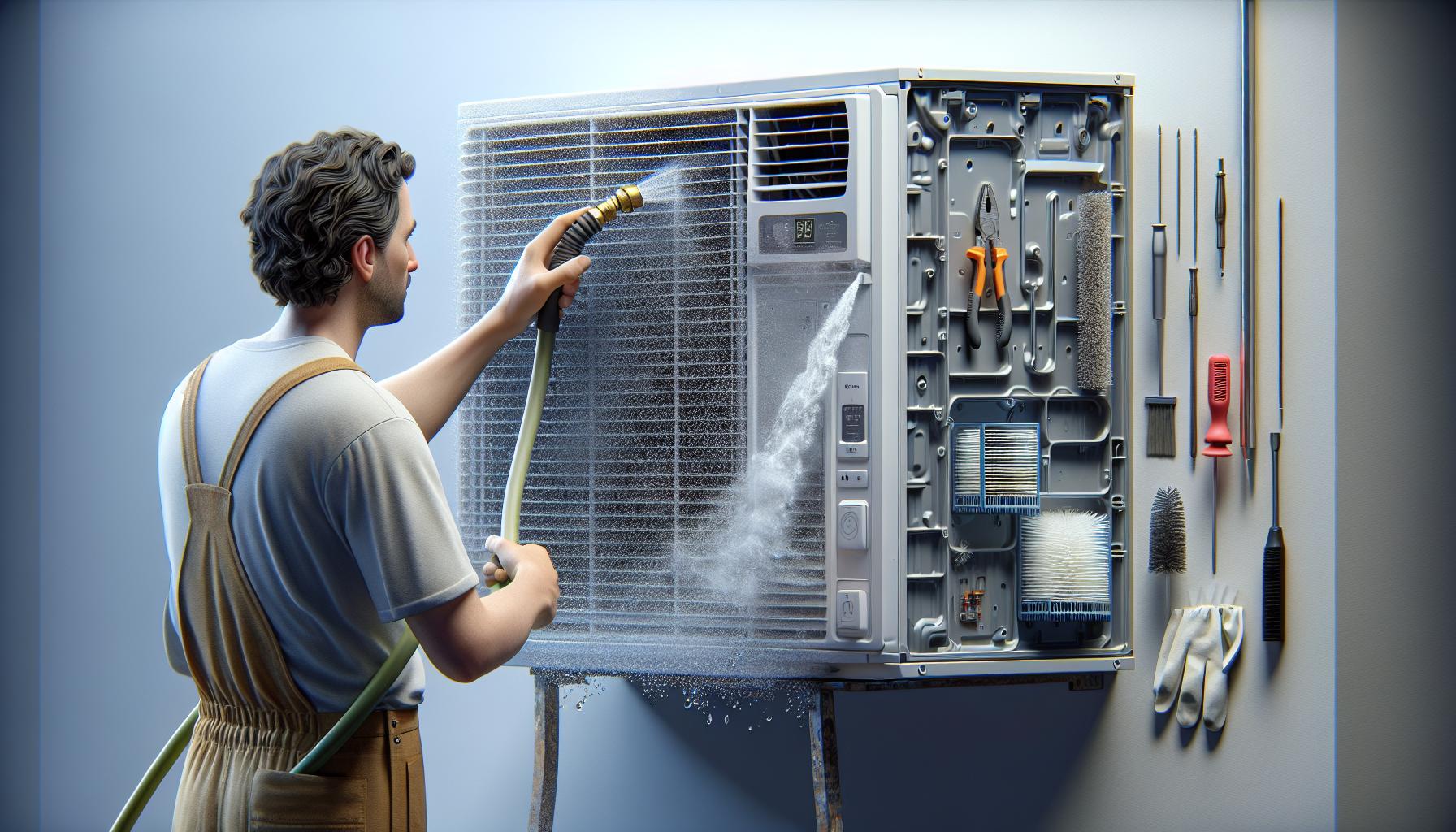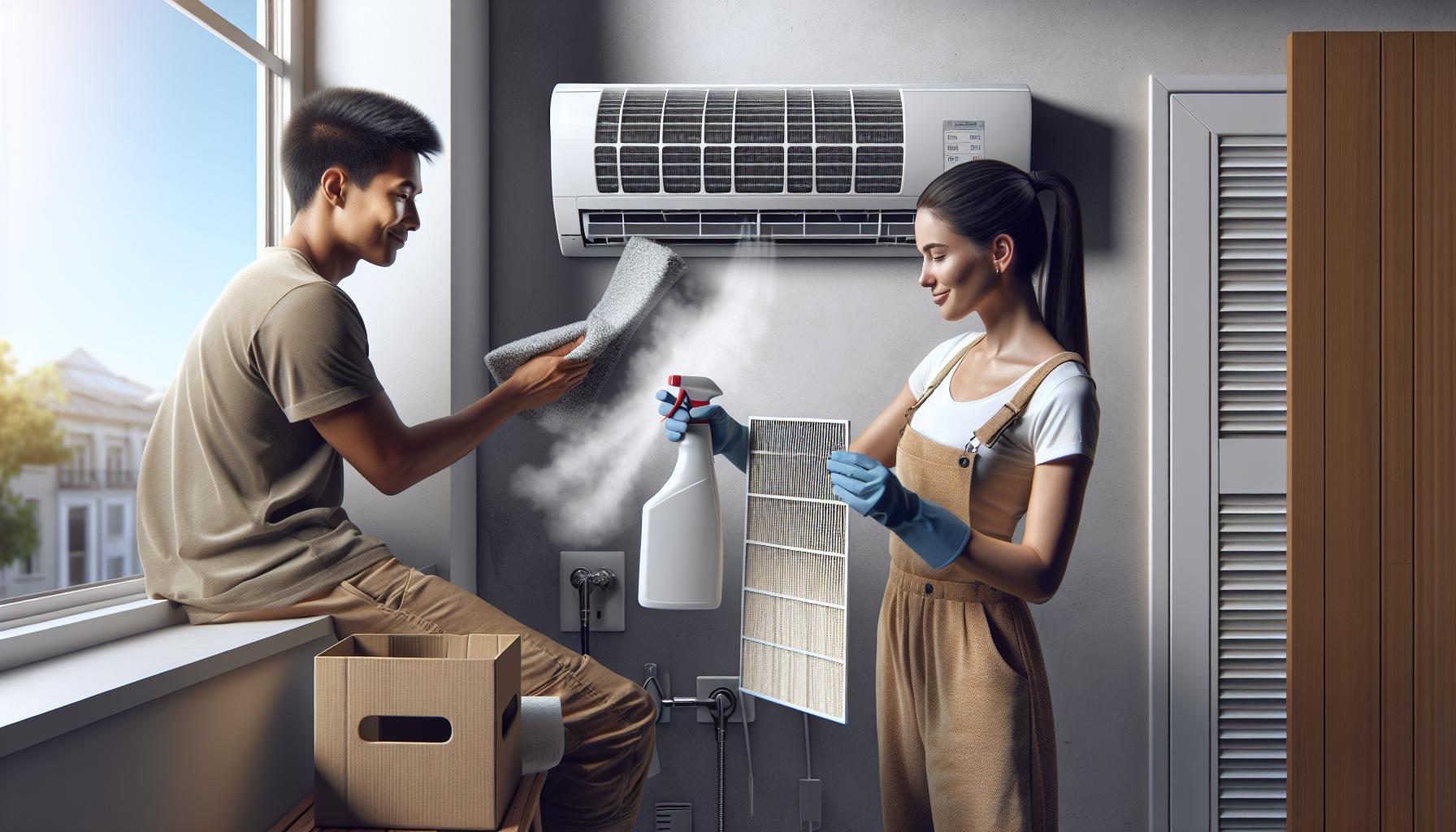Switching on your natural gas fireplace only to find you’re out of natural gas can be a chilly disappointment. You might wonder if propane, a common alternative fuel, could be your saviour. Before you consider a swap, it’s crucial to understand the compatibility and safety implications. In this article, you’ll discover if you can indeed use propane in a natural gas fireplace and what it takes to make the switch safely.
Adapting your fireplace from natural gas to propane is not just a matter of swapping out fuel types; it involves understanding the technical nuances and potential hazards. We’ll explore the necessary modifications and precautions you need to be aware of to ensure your cosy fireside experience remains safe and enjoyable. Keep reading to learn about the feasibility and steps required for using propane in your natural gas fireplace.
Can You Use Propane in a Natural Gas Fireplace?
Switching to propane in a natural gas fireplace isn’t just a flip of a switch; it’s a viable option if you’re looking for a more accessible or economical fuel source. Propane is indeed a compatible alternative, but the transition requires careful consideration and professional execution.
First, understand that natural gas and propane appliances operate at different pressures. Your natural gas fireplace is designed to function at a specific pressure level that is not suitable for propane. To successfully use propane, you’ll need to install a propane conversion kit. Such a kit typically includes propane orifices and a new gas valve to regulate the fuel entering the fireplace at the correct pressure.
Recognize the importance of professional installation; incorrect modifications can lead to hazardous conditions or inefficient operation. Licensed technicians will ensure the changes meet safety standards and properly calibrate the system.
In terms of performance, propane burns hotter than natural gas, offering more warmth and a higher heating efficiency. However, you will need a storage tank for the propane, which can influence the aesthetics or space utilization of your property.
Safety checks and regular maintenance are paramount when you have a propane fireplace. Technicians will inspect for leaks and ensure the venting system can handle the higher heat output. Remember that while propane is more energy-dense, it also means it bears more risk if not handled properly.
Choosing propane may come with the benefit of fuel availability particularly in areas where natural gas is not easily accessible. This switch can offer you the independence from the local gas supply and potential cost savings depending on local propane prices.
When considering this change, it is crucial to research local suppliers, installation costs, and any permits required for a propane tank installation.
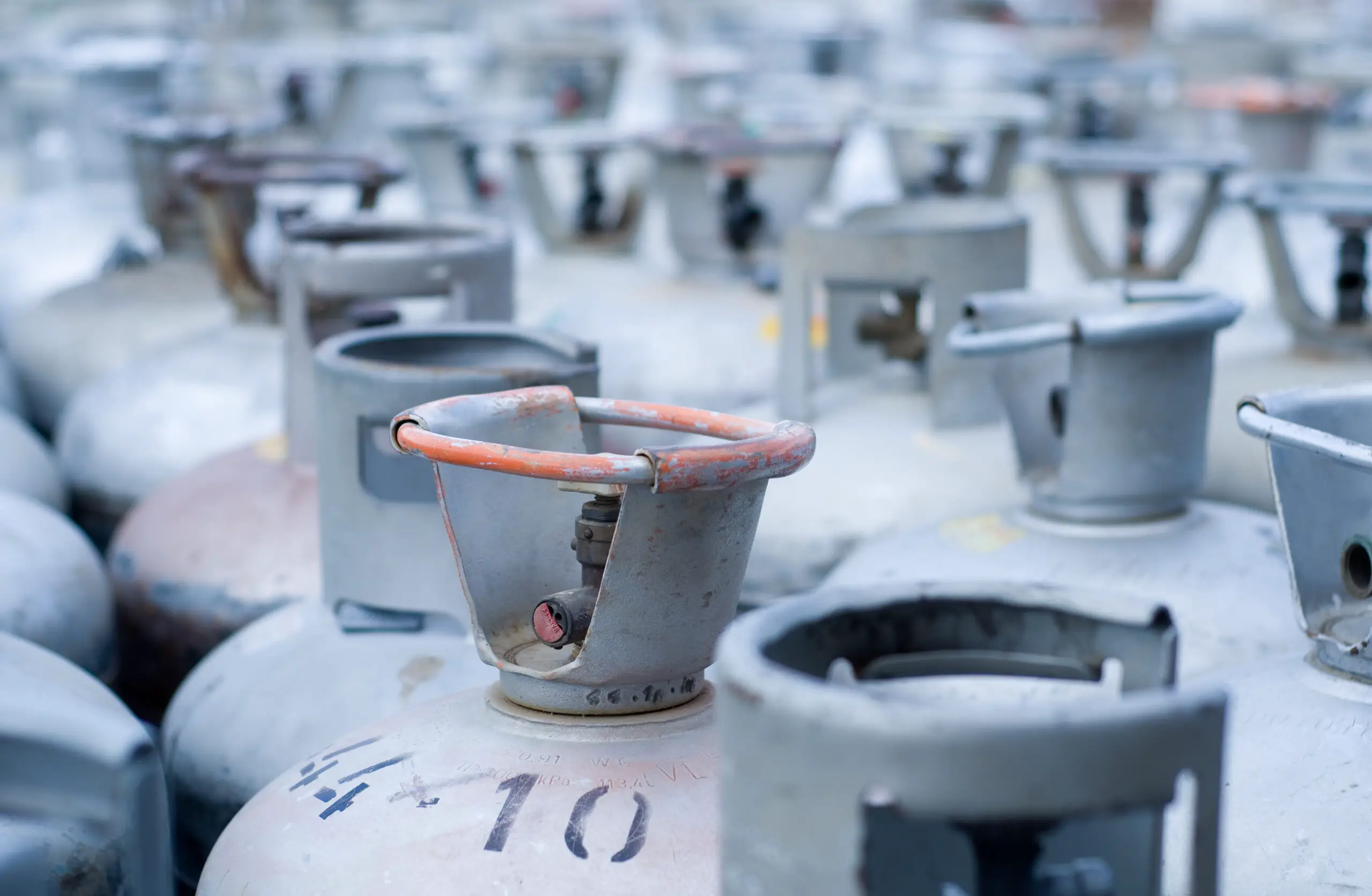
Understanding the Compatibility and Safety Implications
When you’re considering switching from natural gas to propane in your fireplace, it’s crucial to ensure that the fireplace is compatible with propane use. Most natural gas fireplaces are not designed for propane without modification because the two fuels have different combustion properties. Propane, for instance, operates at a higher pressure and has a higher energy output per cubic foot than natural gas.
To determine compatibility, check the manufacturer’s specifications for your fireplace model or consult with a professional. Some of the key considerations include:
- Burner orifices: These need to be replaced or adjusted as propane requires a smaller orifice due to its higher pressure.
- Gas valves: Your current natural gas valves may not be suitable for handling propane’s higher pressure and must be replaced.
- Venting system: Propane combusts differently and may necessitate changes to the venting to ensure safe exhaust dispersion.
Safety is paramount when dealing with flammable gases. Before attempting any switch, it’s essential to have a certified professional perform or review the conversion. They’ll conduct necessary safety checks, including looking for gas leaks and ensuring proper combustion. Regular maintenance checks post-conversion are also necessary to maintain safety and optimal functionality of the fireplace.
Moreover, be aware that inadequate conversions can lead to dangerous conditions, such as carbon monoxide buildup. Always install carbon monoxide detectors in your home as a precautionary measure.
Remember, the initial setup must comply with local codes and regulations. These laws are in place to protect you and your property, and non-compliance can result in fines or more serious consequences. Always secure the required permits before proceeding with any modifications.
Adapting Your Fireplace: Swapping Fuel Types
When you’re set on converting your natural gas fireplace to propane, you’ll need to take several key steps to ensure the transition is smooth and safe. Let’s delve into the adjustments required for a fuel type swap:
- Propane and Natural Gas Orifices: The orifices for propane are smaller due to its higher pressure. You’ll have to swap out the natural gas orifices for ones specifically designed for propane use.
- Gas Valves: These are not universal. You’ll need a gas valve that’s compatible with propane to control the flow and pressure safely.
- Proper Ventilation: Propane typically burns hotter than natural gas, which means your existing venting system may need an upgrade to handle the difference in heat output.
- Pressure Regulators: To maintain safety standards, propane requires a higher pressure regulator than natural gas. This ensures that the fuel is delivered at the correct rate and pressure.
- Appliance Certification: Verify that your fireplace is certified for use with propane. Using a non-certified appliance can pose significant risks.
Professionals often encounter fireplaces that are not retrofit-friendly, necessitating a complete appliance replacement. For instance, certain models of vent-free natural gas fireplaces have been redesigned to accommodate propane, ensuring a safer and more efficient operation.
Moreover, always heed manufacturer’s guidelines and local regulations when switching fuels. They contain crucial information tailored to your specific fireplace model and regional safety requirements.
Remember, converting your fireplace is not a DIY project. Hiring a certified technician guarantees that all modifications meet the strictest safety standards, and the technician can also confirm the compatibility of your current system with propane. This step is vital for your peace of mind and the longevity of your appliance.
Regular maintenance checks post-conversion will keep your fireplace functioning optimally. Technicians should check for leaks, ensure proper burner operation, and confirm that the ventilation remains adequate for your newly converted propane fireplace.
By taking these points into account, you’re setting the stage for a successful and secure switch from natural gas to propane for your fireplace.
Technical Nuances and Potential Hazards
When contemplating the shift from natural gas to propane in your fireplace, you’ll encounter several technical nuances that require your attention. It’s crucial to understand that propane burns hotter than natural gas, which can lead to Increased Wear and Tear on your fireplace components if not adequately addressed.
Component Compatibility
- Orifices must be precisely calibrated to handle propane’s higher pressure
- Burner ports and valve adjustments are essential to maintain a clean burn
Pressure Differences
Propane operates at a pressure of about 10 to 12 inches of water column compared to natural gas which operates around 7 inches of water column. This difference means that you’ll need a Pressure Regulator designed for propane to avoid over-pressurisation, which could cause a hazardous situation.
Potential Hazards
- Mismanagement of gas pressure can lead to explosive circumstances
- Incorrect installation could cause gas leaks, posing serious fire risks
Ensuring proper ventilation is not just a technicality but a necessity. Propane’s denser properties can accumulate quickly and create an Oxygen-Depleted Environment, leading to incomplete combustion and the production of dangerous carbon monoxide.
Regular Maintenance checks must be a priority to identify any early signs of damage or malfunction and to keep the system functioning safely.
Remember, through technical diligence, you can enjoy the warmth and efficiency of a propane fireplace without compromising on safety.
Necessary Modifications and Precautions
When converting your natural gas fireplace to propane, specific modifications are crucial for both performance and safety. Professional assessment is key; an expert can determine the necessary changes, which typically include:
- Replacing the gas orifices: Propane requires a smaller orifice size due to its higher pressure.
- Adjusting the air intake: To accommodate the higher heat output of propane, the air mix needs tweaking to ensure efficient combustion.
- Installing a propane regulator: This ensures that the propane enters your fireplace at the proper pressure.
You’ll need to take extra precautions, such as:
- Ensuring proper ventilation: Due to the higher carbon monoxide output from propane, adequate venting is non-negotiable.
- Leak testing: After the conversion and before the first use, test all connections with a soapy water solution to pinpoint any leaks.
Regular maintenance includes:
- Annual inspections: Have a professional check the burner, pilot, and thermostat.
- Seasonal checks: Before the peak season, inspect your propane tank and connections.
Remember, failing to convert the fireplace correctly or ignoring these precautions could lead to serious safety hazards. Always prioritise your safety and consult with a licensed technician to oversee and implement these changes.
Feasibility and Steps Required
Converting your natural gas fireplace to run on propane is entirely possible, but it does come with a series of steps that you’ll need to follow to ensure it’s both safe and effective.
Firstly, you’ll need to source a conversion kit. This kit typically includes propane orifices and a propane regulator, which are essential parts for the transition. Keep in mind that gas orifices for propane are smaller than those for natural gas due to the higher pressure and density of propane.
Next up, fitting the new orifices is a critical step. It has to be done with precision, and it’s stronly recommended that a licensed professional tackle this task. They’ll also adjust the air-to-gas ratio to accommodate propane’s different burn characteristics.
The installment of a propane regulator ensures the safe flow of gas to your fireplace. It’s designed to maintain propane at the correct pressure, which is vital because fluctuations can be dangerous.
Your technician will also need to inspect the ventilation system. Propane requires adequate ventilation to burn cleanly and vent properly. Without this, you risk carbon monoxide buildup.
Finally, a thorough leak test post-conversion is non-negotiable. Your safety could depend on the detection and remediation of any leaks detected during this process.
Conclusion
Switching your natural gas fireplace to propane isn’t a task to take lightly. You’ve learned that it’s not just about swapping one gas for another; it’s about precise adjustments and safety checks. Remember, it’s essential to get a professional on board to ensure your cozy fireside evenings remain safe and enjoyable. If you’re set on making the change, you’re now aware of the steps and the importance of each one. So, before you light up your newly converted fireplace, make sure every box is ticked, and rest assured knowing you’ve done it right.
Related Posts:
- Optimise Your Gas Fireplace: Wall Mounted Thermostat Guide
- Gas Fireplace vs Insert: Choosing the Best for Your Home
- Fix Common Dimplex Electric Fireplace Issues &…
- Boost Your Gas Fireplace Heat: Insulation to Blowers
- Fixing a Gas Fireplace That Shuts Off After Minutes:…
- Gas Fireplaces Barrie: Installation & Maintenance Guide
